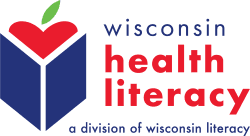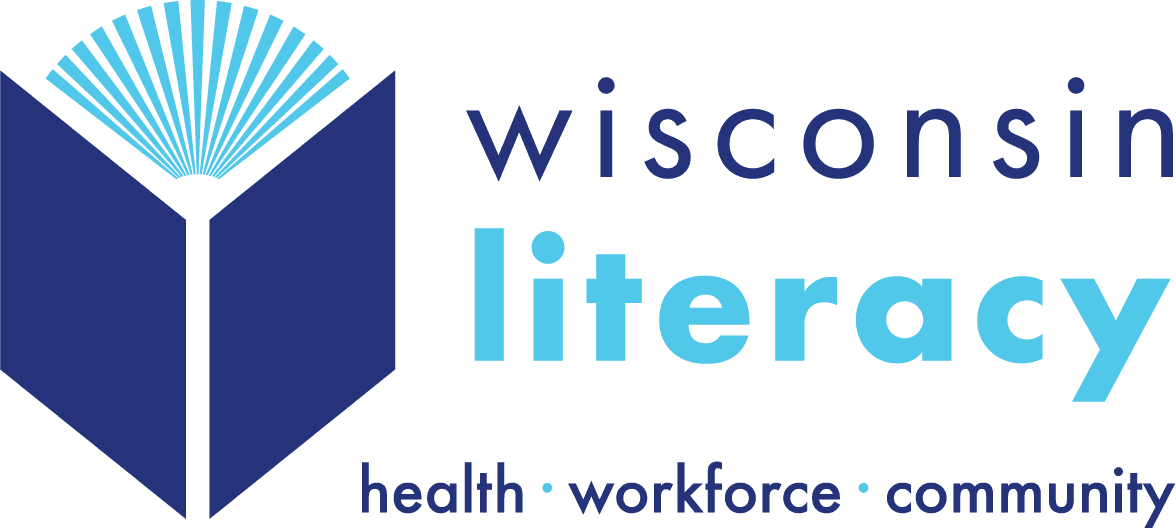Medication Label Initiative Phase 1: Potential for Adoption of New Prescription Medication Label Standards in Wisconsin
Wisconsin Health Literacy partnered with the UW School of Pharmacy to explore the potential adoption of the new patient-centered medication label standards introduced by the United States Pharmacopeia Convention (USP) in May 2013. This study, resulting in a White Paper issued in Fall 2015, was funded by the Wisconsin Partnership Program and was based on:
- Currently used medication labels and amber-cast pharmacy pill bottles have been in existence in the US since World War II without much change.
- Medication label formats and instructions may hinder patient understanding of drug information. This is especially true for vulnerable populations such as the elderly, those with low literacy skills and limited English proficiency. Specific problems include complex labeling language, unclear administration times, confusing label layout, and small font size.
- Misunderstanding of labels can lead to inappropriate use of medications including inadvertent misuse of medications and under or over dosing. Inappropriate use of medications also may result in adverse drug reactions, emergency room visits, hospital admissions, morbidity, and mortality.
Through this project, completed in June 2015, we attempted to understand key stakeholders’ attitudes and opinions regarding the new standards, factors that may increase the likelihood of adoption, barriers to adoption, and how they can be overcome. Key stakeholders included pharmacists, software vendors and regulators.

